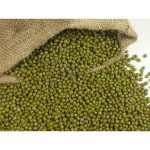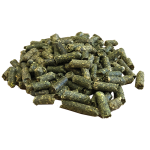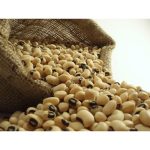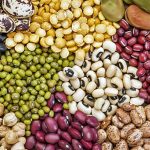Alfalfa
Alfalfa premium Peruano
La Alfalfa (medicago sativa)
Descripción.
La Alfalfa (medicago sativa) contiene alrededor de un 50% de pared celular y una composición
equilibrada de fibra 8% pectinas, 10% hemicelulosa, 25% celulosa y 7% lignina). Un alto
aporte nutricional de fibra altamente digerible y proteína beneficiosa para la crianza y mantenimiento de sus animales.
Beneficios:
Asegura un rápido transito digestivo, un aporte significativo de fibra soluble y una alta capacidad de tampón.
Convirtiéndola en un alimento ideal para vacas lecheras, caballos, ovejas, cabras. Su aporte de proteína superior al 20% ayuda en el levante de terneras y hembras en estado de
preñez, fortalecimiento de cascos en cuadrúpedos y un pelo más brillos en los equinos.
El valor de la alfalfa radica en su alto potencial de producción de materia seca, alta concentración de proteína, alta digestibilidad y un elevado potencial de consumo animal. A esto debe sumarse su alto contenido de vitaminas A, E y K o sus precursores, y de la mayoría
de los minerales requeridos por caballos, camélidos, bovinos, ganado productor de leche y carne, en especial calcio, potasio, magnesio y fósforo.
Producción de heno:
La henificación consiste en reducir lo más rápidamente posible el contenido de humedad del forraje fresco, que en el caso de la alfalfa normalmente oscila entre 70 y 85 %, hasta un
12-18 %, nivel en que la respiración celular y la actividad de microorganismos descomponedores son casi nulas.
Esta desecación permite almacenar el heno por largos períodos de tiempo sin que se
produzcan cambios sustanciales en su composición.
En pacas
En pellets
Molida
Recomendaciones de uso:
Como suplemento alimenticio para yeguas de cría y caballos en pastoreo, con un peso estimado de 400 kg, se recomienda administrar 2 kg diarios y ajustar según las condiciones de los animales, el estado del pastizal y el clima.
Es un producto ideal para complementar la alimentación de caballos y potrillos que se encuentran en pastizales naturales, así como para elaborar dietas balanceadas para otros animales herbívoros como vacas lecheras de alto rendimiento, cerdos, cabras, ovejas, camellos, pollos, gallos, cuyes, conejos, codornices, hámsteres y especialmente para caballos y crías de animales, como terneras o pollos, en las etapas iniciales de vida.








